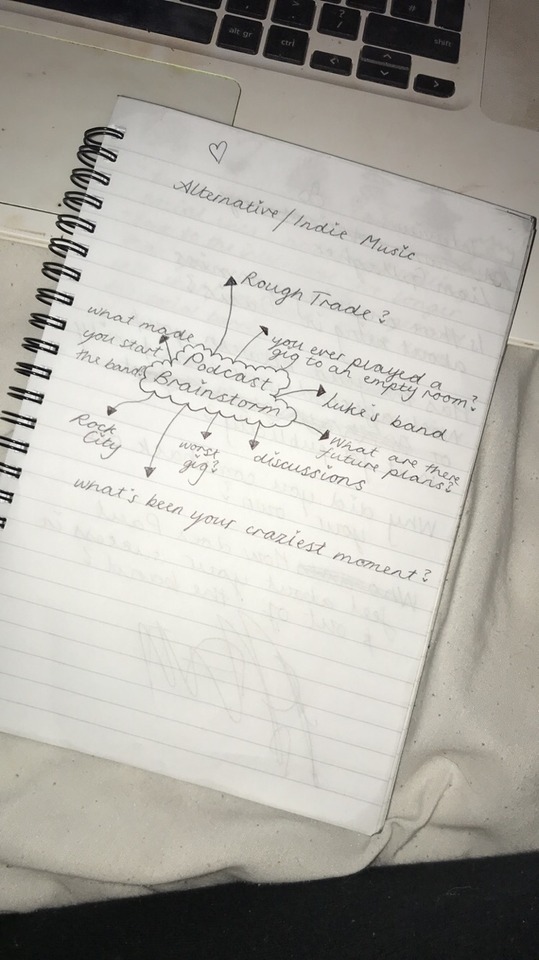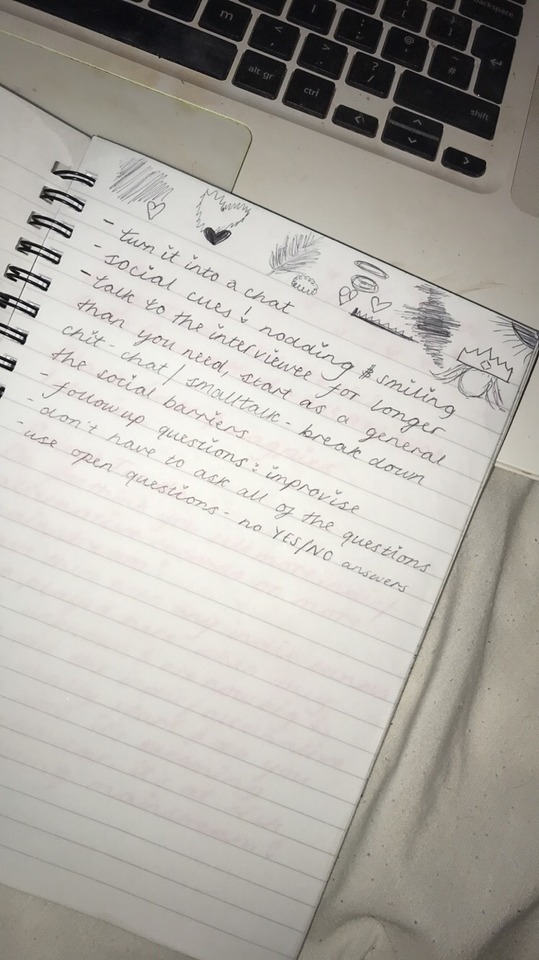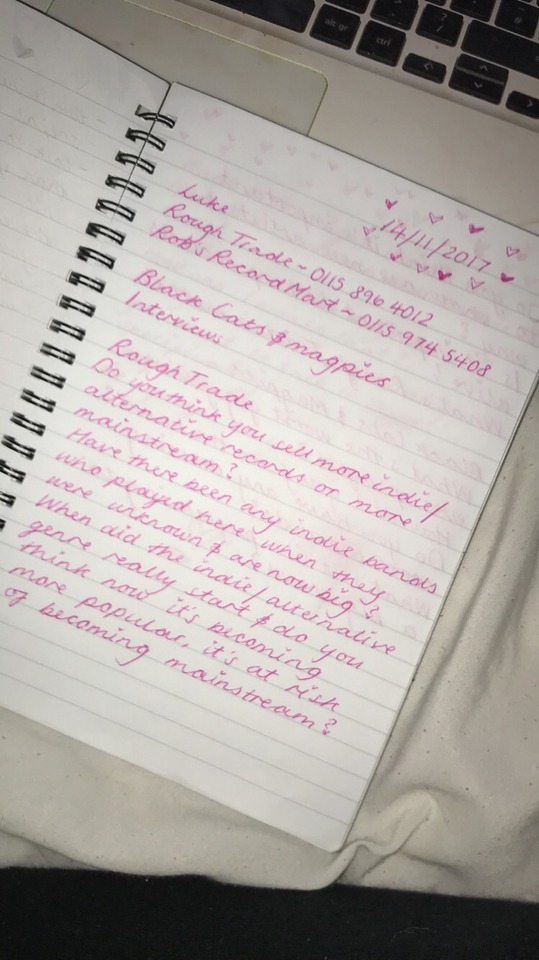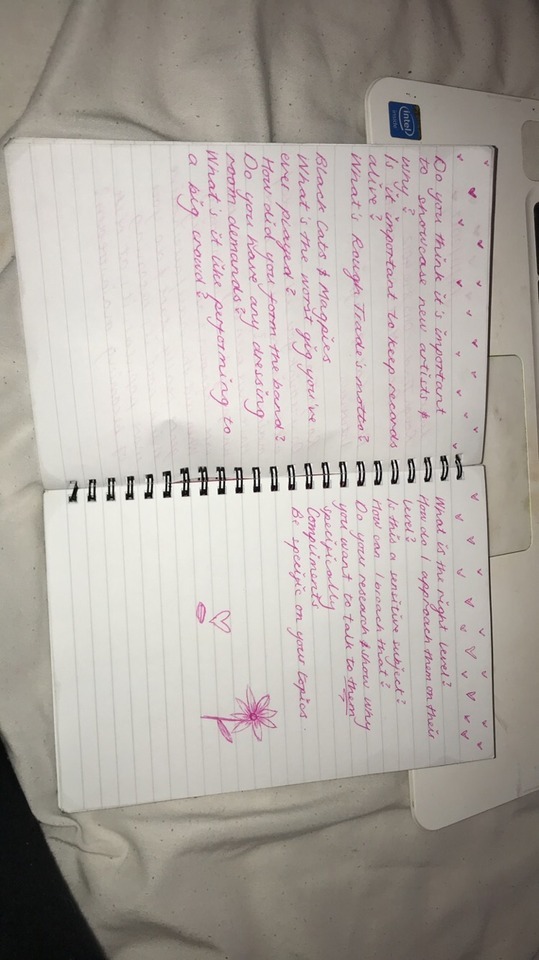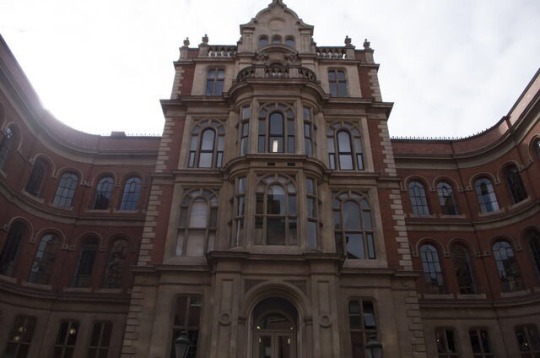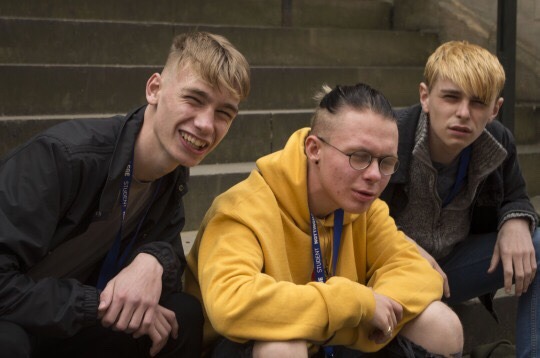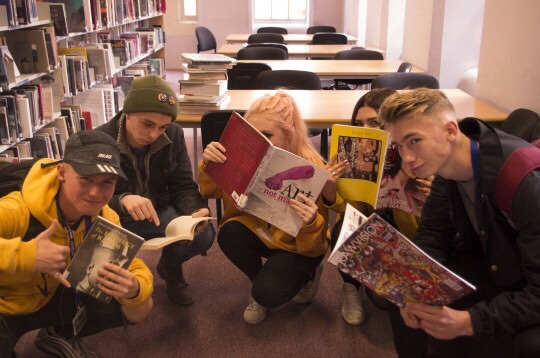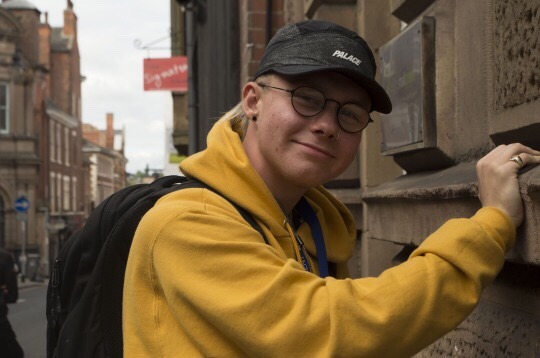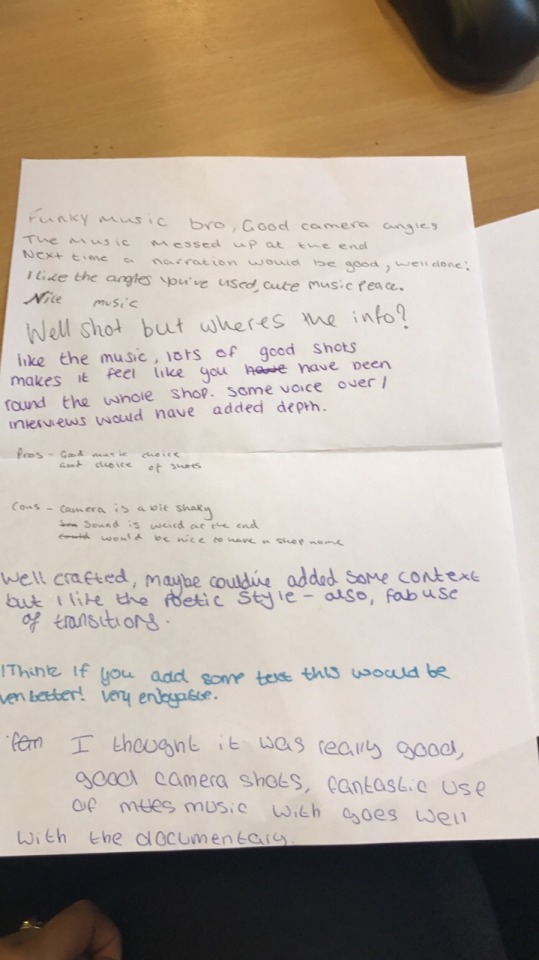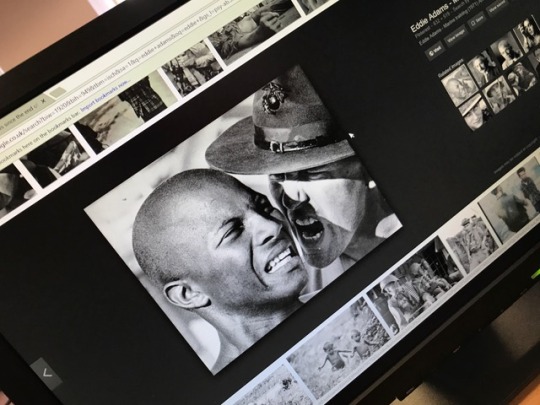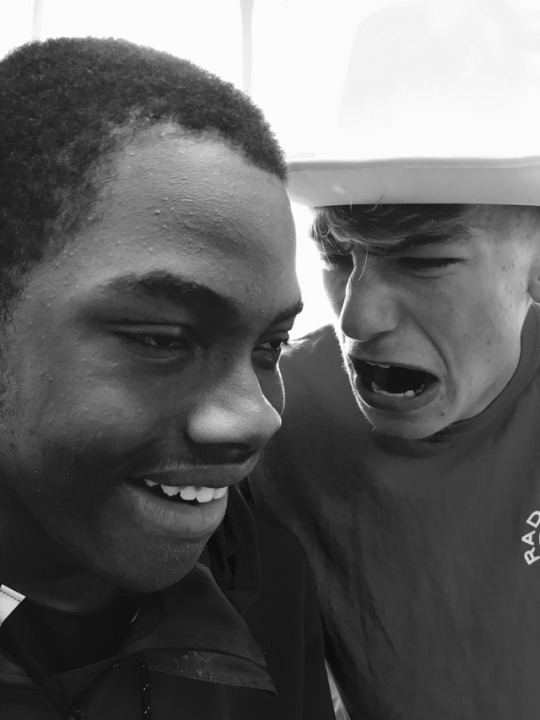Don't wanna be here? Send us removal request.
Text
Podcast case study - This American Life
The shows history
This American Life started on the 17th November 1995 and to date, they have created 629 podcasts. It is a weekly hour long radio programme produced in collaboration with Chicago Public Media and has been hosted and produced by Ira Glass since the very beginning. It was created by Ira Glass and Torey Malatia. From 1995 - 2007, it was recorded in Chicago, Illinois but they moved to NYC in 2007 and are still there today.
The aims of the show
Each week, they choose a theme and put together different stories based around that theme. On their wesbite, they make it clear that they’re not a news show or a talk show. They like to describe what they do as ‘movies for radio’. ‘A theme makes it seem like there’s a reason to sit and listen to a story’. They view the show as an experiment and they like to try things. It’s a journalistic experiment to see how far they can push social norms. ‘We sometimes think of our program as a documentary show for people who normally hate documentaries. A public radio show for people who don’t necessarily care for public radio’.
Journalistic style of the show
The show addresses a number of issues, there isn’t a set structure or rules that they follow. There is a ‘favourites’ section on their website where their staff pick their favourite podcasts. One of them is about how two babies were swapped at birth and one mother realised but kept it quiet and she revealed the truth forty years later. That show deals with how the families reacted and dealt with the truth. There is a show based on babysitting and different babysitters stories, ranging from pretty basic to completely mad - it’s quite entertaining to listen to. There is never the same theme it seems and this helps it become something that everybody can listen to, you may not like all of the themes but you will find at least one that you can relate and listen to.
Structure of the show
There is always a prologue to start off with - this introduces the show and what the topic is that you’re going to be listening to for the next hour or so.
Then, the rest of the show is divided into different acts. The number of acts depends on how long each section goes on for. Each act involves different people talking about their experiences/stories based around the weeks chosen theme.
Interview style of the show
It seems very relaxed, even when talking about serious subjects. It’s almost as if someone is talking to you and you’re just sat across from them listening.
0 notes
Text
Blackfish
Before watching the documentary, my knowledge of Orca’s and them being held in captivity was pretty basic and I didn’t really have an opinion on it. The aim of Gabriela Cowperthwaite (director) was to reveal the truth behind SeaWorld’s - and other companies associating with SeaWorld - doors. With the documentary being jam packed with information against SeaWorld, I quickly formed a negative opinion of them and what they do to these wild animals. However, I do feel that someone to represent the organisation and answer the questions that were left unanswered – such as what truly did happen to Dawn Brancheau – was needed, so that I could’ve formed a more solid opinion.
At the beginning, you learn that not just anybody can become an Orca trainer, you have to have a Masters Degree in marine biology and go through intense training. The trainers are described as building a ‘friendship’ with their whales and that bond is unlike any other bond. Yet, as highlighted later on in the film, ‘who knows what is going on in his head’ (relating to an incident where a trainer was killed by a whale) – can you really build a strong bond with a wild animal and trust them explicitly? It seemed that a lot of the trainers were taught that nothing bad could happen to them if they had built up this relationship. I think that this was the first thing that made me think of SeaWorld negatively, they had covered up so many lies about fatalities involving Orca’s in the past and yet still promised that trainers were safe doing their jobs.
I liked how Cowperthwaite and a large majority of the interviewee’s did not put the blame on the Orca’s, as even though they do kill the trainers, they do it because they are aggravated and frustrated at the situation they have been forced into. Allowing us to see it from that angle, rather than putting all the blame on them and not SeaWorld, makes you interested in learning about the Orca’s and almost wanting to help them. It also highlights that it isn’t the trainers faults as you could feel the interviewee’s (who were mostly former trainers or people who had worked for the SeaWorld corporation) despair at the fact this was being put onto the whales and not the people who were truly at fault. You could see clearly that a bond is possible to build up but also that they had learnt not to always fully trust it. It was a mutual level of respect, it seemed.
I do think that if I could change one thing about the documentary, it would be that it had a better order to it. It felt as if they covered Dawn Brancheau’s death a number of times in different parts of the film and became slightly confusing. Maybe if the events were shown in chronological order between people giving their opinions or if it was shown as more of a timeline of events. Also, it would’ve been interesting to have someone representing SeaWorld and trying to get across the positive points so that you could compare what was being said and form a better, stronger opinion on whether or not you supported the company and what it did.
The reason I don’t support what SeaWorld and its associating companies do has come purely from this film as I had no other knowledge of it beforehand. This was the director’s plan to stop people from funding the ‘torture’ that happens there.
0 notes
Text
Interviews
Jeremy Paxman interview:
In Jeremy Paxman’s interview with Michael Howard, he really wants to get an answer to his question. Michael Howard won’t answer his question, so he keeps repeating himself until Howard takes notice. This is a good technique to use if someone is avoiding your question as they really cannot ignore you. Also, them either answering reluctantly or not answering at all allows you to make your own judgement on why they’re not answering the question and in a roundabout way, they almost reveal more about themselves that way.
Louis Theroux interview:
Theroux adopted the technique of ‘befriending’ the interviewee in an attempt at getting the most out of his time with him. This is a good technique to use when it is a more informal interview as the interviewee might feel more relaxed and connected with the interviewer. In this case, the interview was with a pimp who had been put in prison. If Theroux had been harsher and less friendly with him, he might not have answered his questions and the interview wouldn’t have been as informative and interesting as it turned out to be.
RULES FOR A GOOD INTERVIEW
- allow it to become a ‘chat’ so that the interviewee feels relaxed and it flows better
- especially in podcasts, don’t interrupt what the interviewee is saying by speaking over it, just nod your head
- start the recording and just have a general chit chat with the person/people you’re interviewing and build a ‘connection’ before going into the questions.
0 notes
Text
My Wordpress
https://mollykeyworthjournalism.wordpress.com/
0 notes
Text
What makes a good news story?
There are a number of key things that go towards making a good news story;
Interesting, unique, heart wrenching, lots of detail, relatable
It has to capture the audience from the very beginning, if it doesn’t the audience might get bored and they will switch channels to find somewhere else that is telling a much more interesting story. It has to be different and something that’ll be captivating to all ages and people. If a story is emotive then it is more likely to be watched as people can relate to emotion more than anything.
0 notes
Text
Wordpress
Why does a journalist need a wesbite?
A journalist needs a website so that they are able to showcase their work and become popular and well known. In this day and age everything is online and if you put all of your work on your own website, it is easy to access and it is all in one place so that you can reference back to it at any time and use it. It also allows you to create a ‘portfolio’ of work and see how you improve from article to article.
Why use wordpress?
It is professional, anybody can access your work so that you can become a well known journalist, it’s relatively simple to use and allows you to showcase your work.
Why use categories?
It is important to use categories so that if you write a lot of articles about one certain topic, they are all in one place. Also, if somebody is looking for a particular piece of work that is written about a certain topic, for example fashion and you’ve written a piece on fashion and categorized it, it is more likely to come up and they can read your piece of work than if you hadn’t categorized it.
Why use tags?
Tags allow people to find your work easier also and it shows from a quick glance what your writing is about so that people know whether it’ll be useful to them or not.
Why should you update your site content as much as possible?
It’s important to update your site regularly so that you always have an up to date portfolio of work, you can see how you have improved over time and the more things you write about, the more likely you are to be successful and well known because you can reference your work more.
0 notes
Text
What is journalism?
A journalist finds, crafts and shares stories about the real world.
The purpose of journalism;
inform, entertain, debate, criticise, analyse, influence, educate, raise awareness.
0 notes
Text
Proposal
My documentary will be done in a POETIC style.
I will be making this documentary for people who are interested in different kinds of fashion and being individual. As it is based on Nottingham’s individual fashion scene, I hope to make it for the people of Nottingham mainly.
It will be a poetic documentary based in Hockley and the shop COW which is the biggest vintage/reworked clothes shop in Hockley. There will be no talking in the documentary, I will be using either ‘Fun Day’ or ‘Elevate’ from the website www.bensound.com to guide the documentary as I think they complement the theme of the documentary the best.
The documentary will be based in Hockley and one of the shops there; COW. I shall be using the streets of Hockley, the outside of COW and inside the shop.
I am creating this documentary to showcase the individuality of the shops in Hockley. The reason I am going inside of COW is to show the variety of items they have in there and how the shop is set out as I personally think that’s the best thing about the shop. It also represents the other vintage/reworked shops in Hockley. I want to show a different side to Nottingham.
I shall be shooting my documentary on an afternoon (Friday 6th October) and the week commencing October 9th.
I will be filming the main street in Hockley, the shop fronts and inside and outside of COW. When I film inside, I am going to film the rails of clothes, the shelves, going up the stairs with the lights – delving inside the shop and going deeper than most people would normally see. I want to speed all of this up when I edit it to create a ‘cool’ vibe. I want it to be a ‘vlog’ type documentary where everybody that watches it gets to see what I am seeing – like they’re seeing it through my eyes. I am going to produce it in colour.
It shall start off with the screen fading up to show the bottom of the main street in Hockley with the title being ‘Nottingham’s Own Brand’. It will then walk up to the top, whilst showing the different shops windows. Arrive to COW and take a look through the window. Go inside and show the different items they have, highlighting the reworked clothes. The music will be playing throughout this.
0 notes
Text
Lights
Key Light - brightest/most dominant
Fill Light - not as dominant, fills the space
Back Light
I have access to a ‘model’ light which is used to illuminate the face when taking photos, I could use it to take a photos of certain clothes to bring out their colours.
Also I have my phone light.
Considerations when shooting your own video
- is there good lighting?
- are you in a quiet/no echo place?
- a mic
- tripod
- SD Card
- sound recorder
0 notes
Text
Film-making
There are a number of key differences between a news package and a documentary. News packages are usually more fact driven whereas a documentary is narrator driven, they tell you everything that the facts would normally tell you and they guide the story. In the news there is usually a presenter that tells you these facts. In documentaries, there is a more creative use of shots and a faster pace of editing which gives an emotive style to the piece. News packages give off a ‘dry’ style and they cover global and larger issues whereas documentaries only cover one subject. Documentaries, the majority of the time, are filmed on handheld cameras and show a range of closer shots. The news and its interviews are usually filmed on a tripod mounted camera so that everything is framed correctly and so you can focus on the issue they’re talking about.
Advantages of using DLSRs
- quick to set up
- easy to carry around
-easy to focus
Disadvantages of using DLSRs
-only has thirty minutes of filming storage
0 notes
Text
Smartphones, Instagram and Photojournalism
Over the last 5 years, smartphones have become more than just something you make calls and send texts on; they have become the way in which the majority of the world interacts. For photojournalism, they have allowed anybody who has a smartphone to document and become involved in what they see. They are incredibly important for a number of reasons. If somebody was to go into a war zone or a territory where they were likely to be punished for taking photos, the smartphone is an easier and more discreet way to still be a part of what is going on in these places and inform the world about what they’re seeing. Smartphones hold many advantages, not only are they more discreet but they also allow you to share your images/videos quickly, you always have them on you so that you will never miss anything and they’re easier to set up than a professional camera.
David Guttenfelder’s images are incredibly breathtaking and powerful, even though the subjects of the photos might not always be an extraordinary scene. Before he visited North Korea in 2013, the public outside of North Korea only saw what they allowed us to see. His images give us an insight into a life and country that we know very little about. The reason why they are so powerful is that nobody knew what to expect from these, they seem to be relatively basic images yet the stories behind them and the extreme dictatorship that hangs over North Korea is prominent. A lot of the photos seem to back up our knowledge that North Korea is regimented and everybody has to follow rules. However there are also some that show a different side, a side of fun and children laughing and playing. Guttenfelder has shown us something that normal media would never allow us to see.
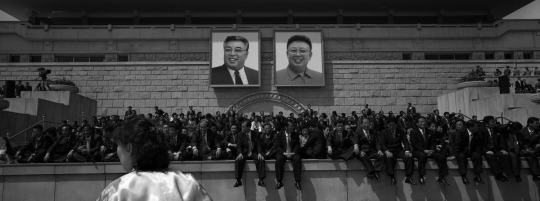
This image really does back up what we think about North Korea from the very basic knowledge we have. The placement of the two photos is extremely important as they are in the centre which highlights and backs up the fact that the dictatorship that has been running for many years is the centre of everything in North Korea. The people sat in front of them show that a lot of the citizens are allowing the dictator, Kim Jong Un to do what he likes.
0 notes
Text
Photojournalism - Article photos
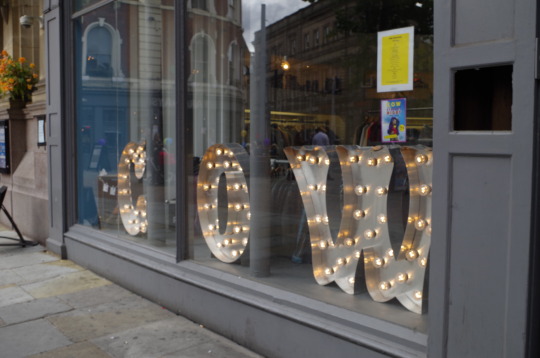
The shop front of COW. I edited this photo in photoshop to try and make the bulbs stand out more as I think because it’s the first thing you see of the shop, it really sets the scene. I think I could have taken it from a different angle just to make sure you can see the ‘C’ better.
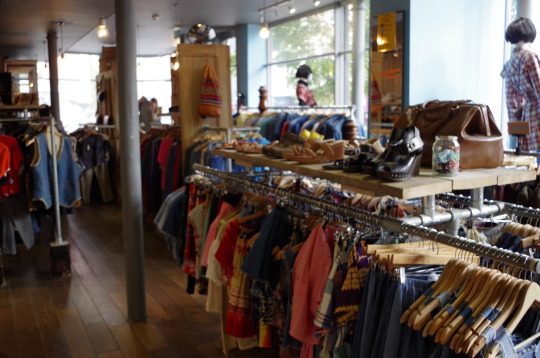
Inside of COW - showcasing the wide variety of items they have on offer. I like how you can see most of the store from this shot and can see the different items, however I wish the items in the front were more clear.
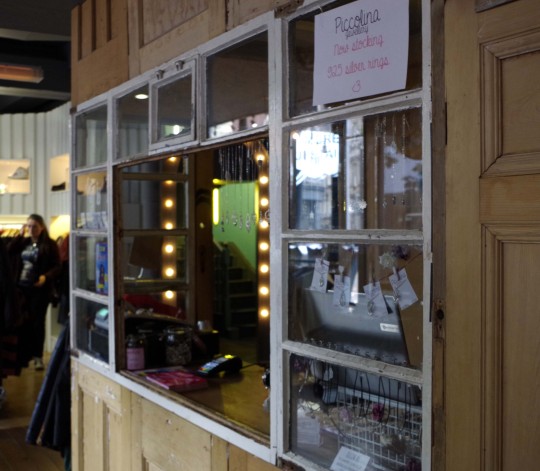
The checkout - unlike any other shop.
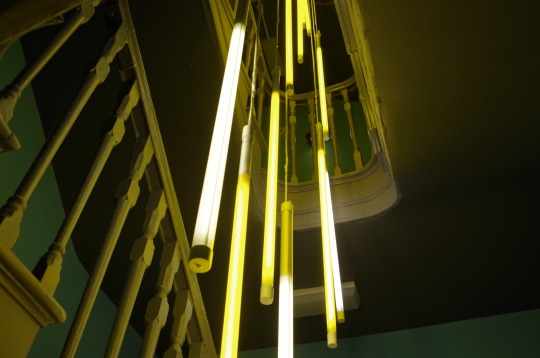
Lights guiding the stairway upstairs. I edited this in photoshop to try and make the lights stand out more and to make the background darker.
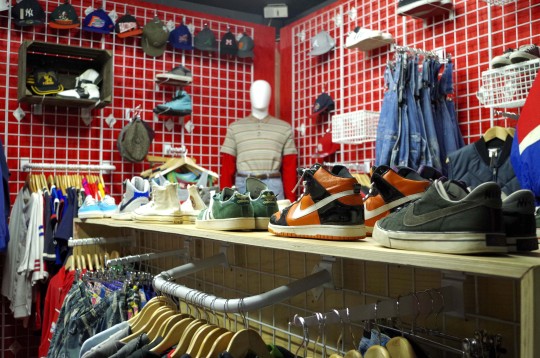
My favourite shot - shows how different the shops in Hockley are to the mainstream shops. I really like how the shoes are very clear and I sharpened this in photoshop to make them stand out as much as they can.
1 note
·
View note
Text
The effect of technology on Millennial’s
What is your opinion on the view that the younger generation depend on their phones?
We live in a world where it’s considered ‘unusual’ if you don’t have the latest phone or piece of technology. The older generation class us as ‘obsessed and dependent’ because we always have our phones on us yet we were bought up in a generation where we use our phones for everything. I asked people their opinion on this subject a large majority held the same view; one person gave me a more in depth answer. ‘Personally, I don’t think we depend on them. They just make it easier to stay in contact with people and access things that the older generation may not have been able to. I do think that it has made us lazy though as we have everything right at our fingertips and even though we can stay in contact with the cyber world, it has made us lose contact with the normal world’.
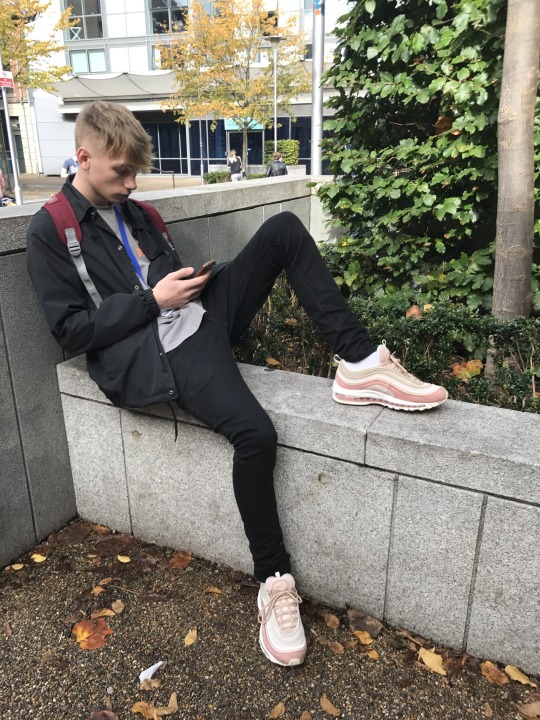
1 note
·
View note
